Trimbakeshwar Jyotirlinga, located in the town of Trimbak, Nashik district, Maharashtra, is one of the twelve Jyotirlingas dedicated to Lord Shiva. Known for its spiritual significance, architectural beauty, and picturesque surroundings, Trimbakeshwar is a prominent pilgrimage destination that attracts thousands of devotees and tourists every year.
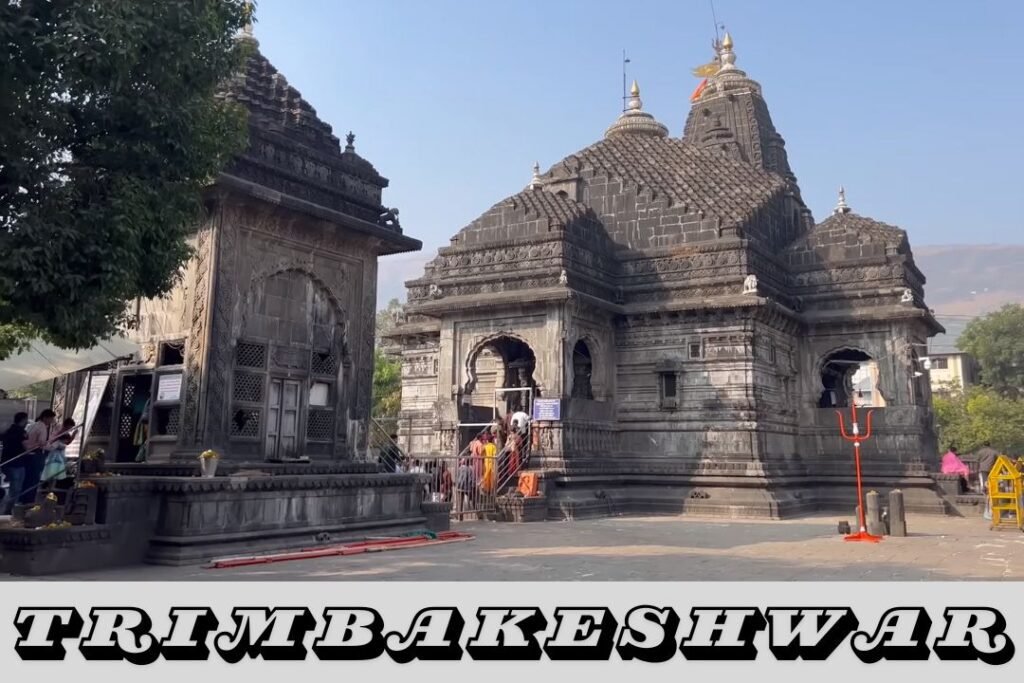
Table of Contents
Key Points
Mythological Background
The temple’s origins are steeped in Hindu mythology. Gautama Rishi, a revered sage, lived in the Brahmagiri hills with his wife, Ahalya. Due to his penance and devotion, the gods blessed him with an inexhaustible food supply. Other sages, envious of his prosperity, sent a cow into his granary, which Gautama Rishi accidentally killed. For the absolution of his sin, he worshiped Lord Shiva for 12 years, who manifested as Trimbakeswara Jyotirlinga and created the river Godavari to purify Sage Gautama Rishi.
Historical Significance
Trimbakeshwar has been an important spiritual center since ancient times. The current structure was built by Peshwa Nana Saheb in the 18th century. The temple is mentioned in various ancient texts, including the Shiva Purana and the Koti Rudra Samhita, highlighting its long-standing significance in Hindu tradition.
Architectural Marvel
The temple is an architectural masterpiece featuring:
Black Stone Structure: The temple is constructed from black stone, showcasing exquisite carvings and intricate sculptures.
Shikhara (Spire): The towering spire is adorned with statues of various deities and mythological figures.
Garbhagriha (Sanctum Sanctorum): The inner sanctum houses the Jyotirlinga, which uniquely features three faces representing Brahma, Vishnu, and Shiva.
Mandapa (Pillared Hall): The hall, supported by elaborately carved pillars, is where devotees gather for prayers and rituals.
Kushavarta Kund: A sacred pond where pilgrims perform ablutions before entering the temple.
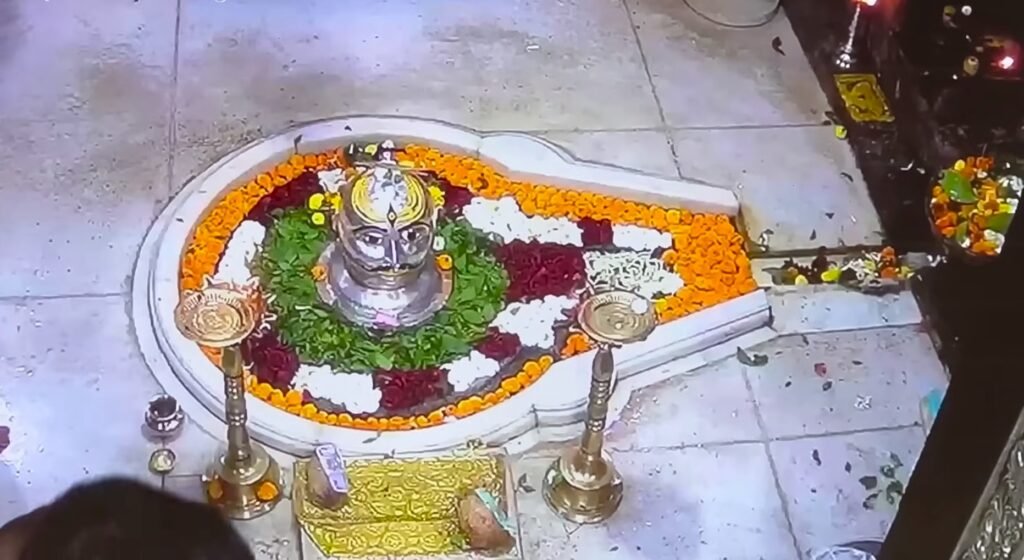

Spiritual Practices and Rituals
Trimbakeshwar is renowned for several unique rituals:
Narayan Nagbali Puja: Performed to remove ancestral curses (Pitru Dosha) and ensure peace for the departed souls.
Kalsarpa Shanti Puja: Conducted to mitigate the effects of Kalsarpa Dosha, believed to cause difficulties in a person’s life.
Rudrabhishek: A ritual involving the chanting of Rudra mantras and offering of items like milk, honey, and flowers to the Jyotirlinga.
Maharudra and Atirudra: Extensive ceremonies involving the recitation of the Rudra Chamakam, aimed at bringing peace and prosperity.
Festivals and Celebrations
Several festivals are celebrated with great fervor at Trimbakeshwar:
Mahashivratri: Marking the night when Lord Shiva performed the Tandava, this festival involves fasting, night-long vigils, and elaborate temple decorations.
Kumbh Mela: Held once every twelve years, the Kumbh Mela in Trimbak is a major event where millions of pilgrims take a holy dip in the Godavari River.
Shravan Maas: The month of Shravan (July-August) is highly auspicious, with special prayers and rituals conducted daily.
Surrounding Attractions of Trimbakeshwar Jyotirlinga
Kushavart Kund
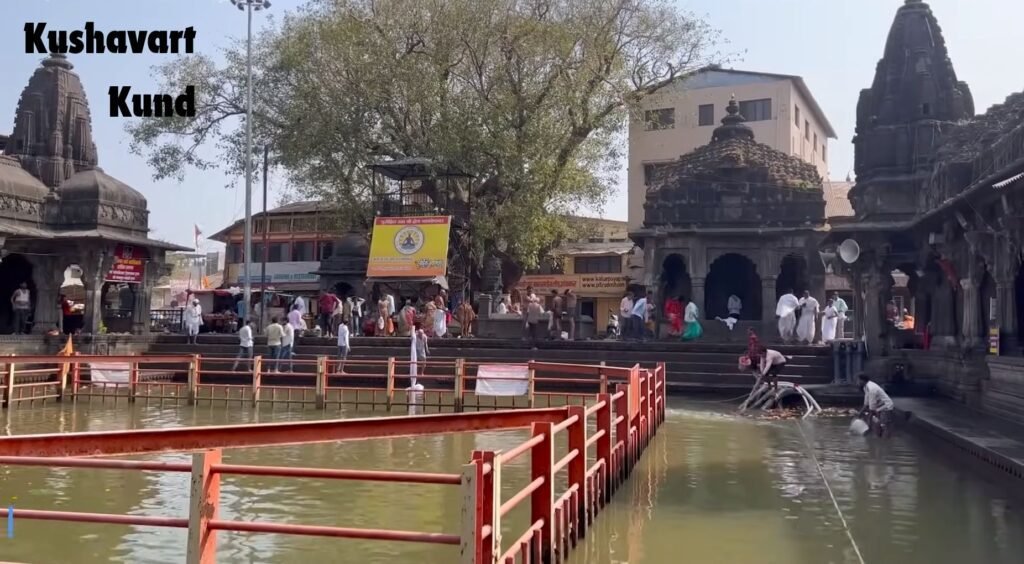
Spiritual Significance: Kushavart Kund is a sacred bathing tank associated with the origin of the Godavari River. It is believed that Lord Shiva brought the river here to absolve Gautama Rishi of his sins.
Architectural Beauty: The Kund is surrounded by stone steps and features intricate carvings and sculptures that depict various mythological stories.
Ritual Baths: Devotees take a holy dip in the Kund before visiting the Trimbakeshwar Jyotirlinga temple, believing it purifies them and removes sins.
Pind Daan: Kushavart Kund is a significant site for performing Pind Daan, a ritual for the salvation of ancestors’ souls.
Festivals and Ceremonies: The Kund is especially crowded during major festivals like Mahashivratri and Kumbh Mela, with numerous rituals and ceremonies taking place.
Sant Nivruttinath Samadhi
Historical Importance: Sant Nivruttinath was a prominent saint and the elder brother of the famous Marathi saint Dnyaneshwar. His samadhi (tomb) is a revered site for followers of the Nath tradition.
Spiritual Center: The samadhi is a place of spiritual retreat and meditation, attracting devotees who seek blessings and spiritual guidance.
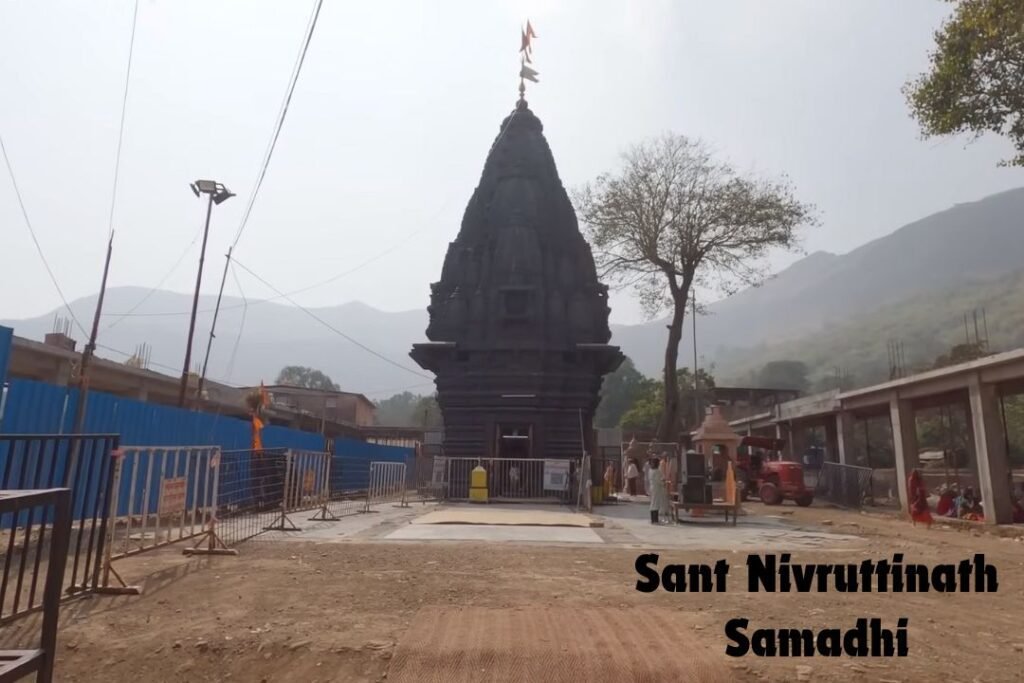
Architectural Features: The samadhi is simple yet serene, reflecting the ascetic life of Sant Nivruttinath.
Annual Celebrations: Various festivals and anniversaries are celebrated at the samadhi, with large gatherings of devotees participating in bhajans and kirtans.
Cultural Influence: The teachings and writings of Sant Nivruttinath continue to influence the Nath sect and the broader spiritual community in Maharashtra.
Brahmagiri Hills
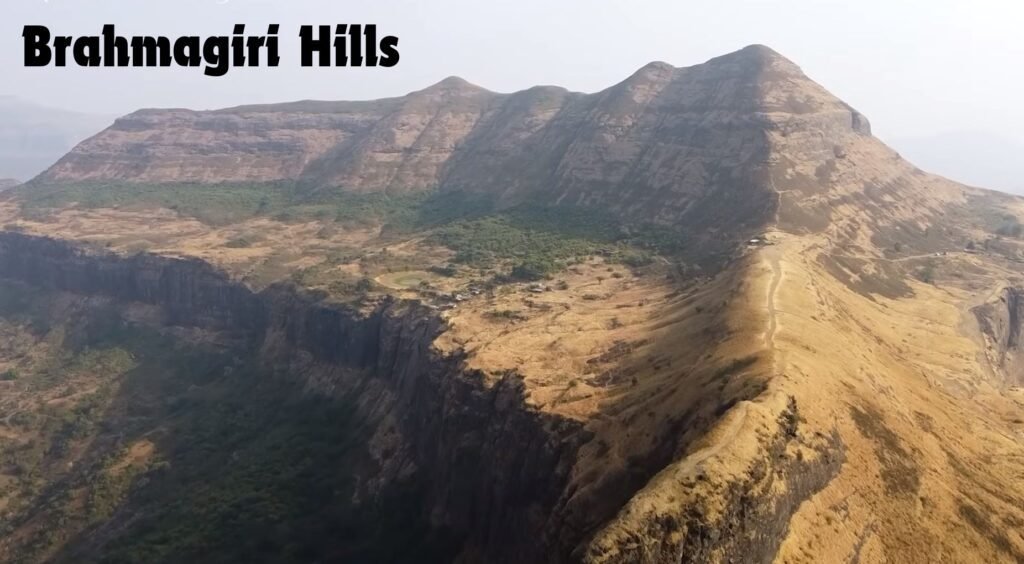
Flora and Fauna: The hills are home to diverse flora and fauna, making it a great destination for nature enthusiasts and bird watchers.
Religious Sites: The hills house several temples and shrines, including the Brahmagiri Temple and Gangadwar, enhancing their spiritual significance.
Historical Sites: There are ancient caves and rock formations on the hills, adding to the historical and archaeological interest of the area.
Mythological Significance: Brahmagiri Hills are considered the birthplace of the Godavari River. According to legend, it was here that Lord Shiva brought the river to the earth.
Trekking Destination: The hills are a popular trekking spot, offering stunning views of the surrounding landscape and a spiritually enriching experience.
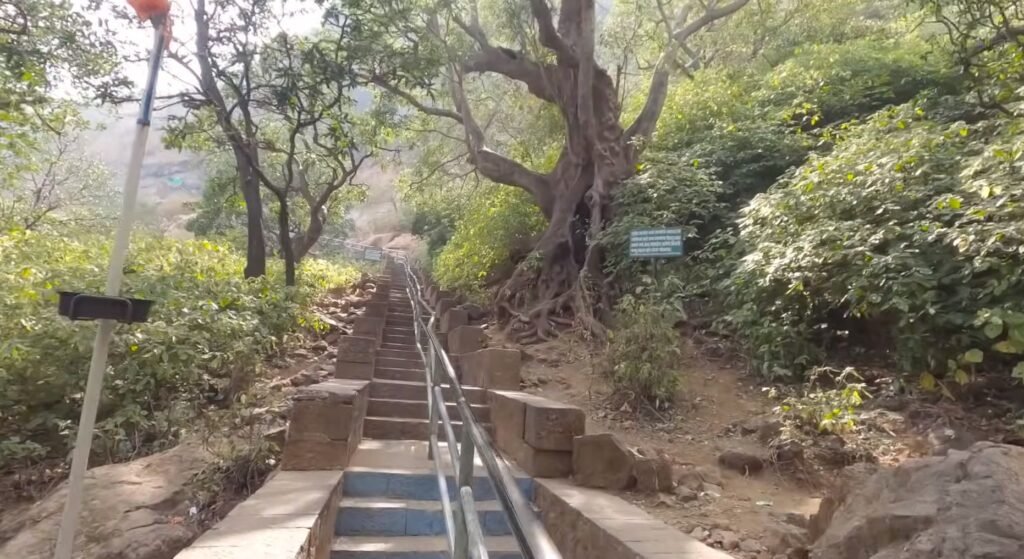
Brahmagiri Temple
Dedicated to Lord Shiva: The Brahmagiri Temple is located on the Brahmagiri Hills and is dedicated to Lord Shiva. It is a significant pilgrimage site.
Stunning Views: The temple offers panoramic views of the Godavari River and the surrounding landscape, making the ascent worthwhile.
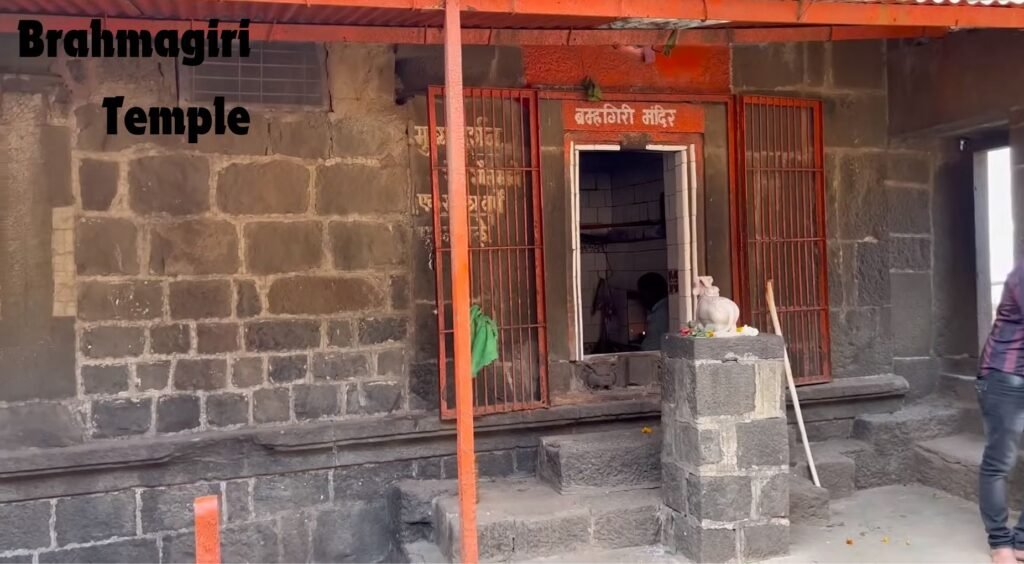
Spiritual Experience: Visiting the temple is considered a spiritually uplifting experience, with many devotees performing rituals and prayers.
Architectural Features: The temple features traditional architecture with beautifully carved idols and pillars, adding to its aesthetic appeal.
Accessibility: The trek to the temple involves climbing several steps, and while it can be challenging, it is accessible to most visitors with reasonable fitness levels.
Gangadwar
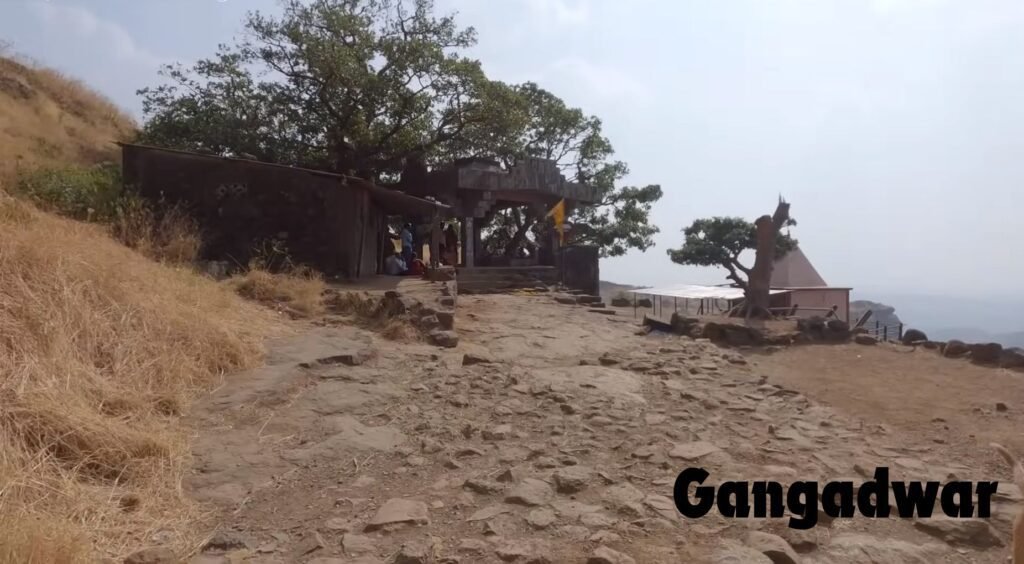
Temple of Goddess Ganga: There is a small shrine dedicated to Goddess Ganga at Gangadwar, where devotees offer prayers and seek blessings.
Scenic Beauty: The site offers breathtaking views of the surrounding hills and valleys, adding to the spiritual ambiance.
Pilgrimage Site: Gangadwar is an important stop for pilgrims visiting Trimbakeshwar Jyotirlinga, and many include it in their spiritual itinerary.
Sacred Origin of Godavari: Gangadwar is the point on the Brahmagiri Hills where the Godavari River emerges from the mountains, making it a highly sacred site.
Trekking and Adventure: The route to Gangadwar involves a scenic trek through the Brahmagiri Hills, making it popular among adventure enthusiasts and nature lovers.
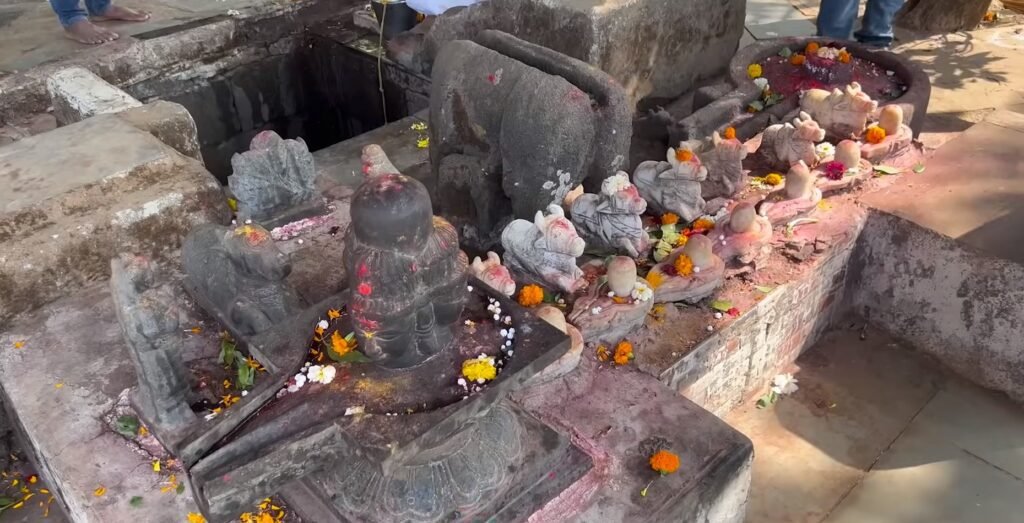
Shiv Jata Temple
Unique Deity Representation: The Shiv Jata Temple features an idol of Lord Shiva with matted hair (jata), symbolizing his ascetic nature and connection to the river Ganga.
Historical and Mythological Importance: The temple is linked to the story of Lord Shiva bringing the river Ganga to earth through his matted locks.
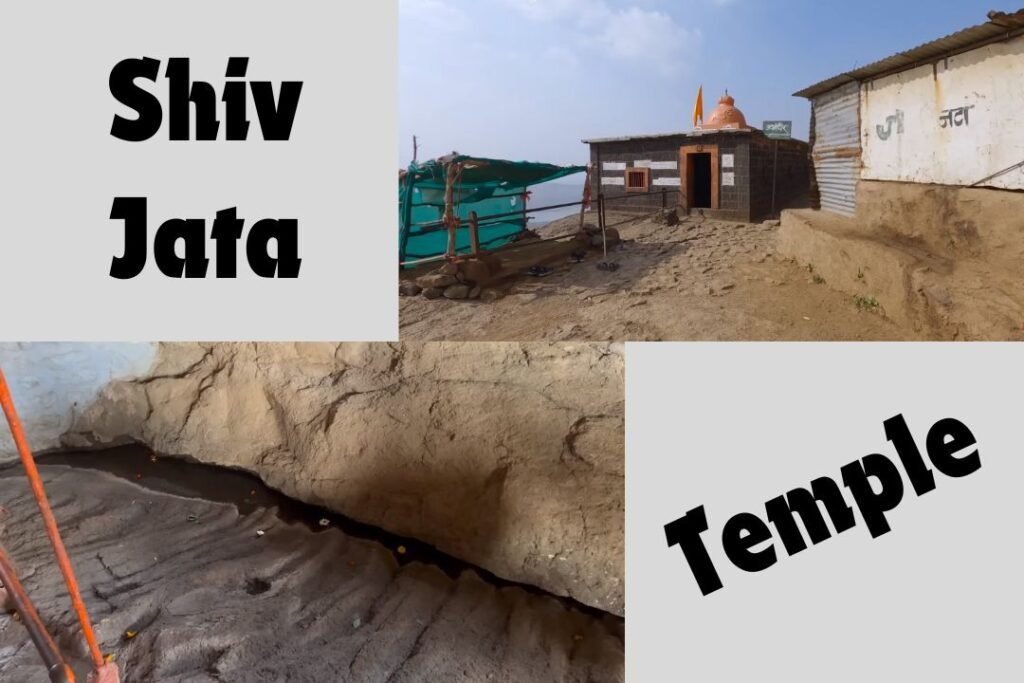
Peaceful Environment: The temple is known for its tranquil and serene environment, making it an ideal place for meditation and spiritual reflection.
Architectural Style: The temple architecture is traditional and reflects the local craftsmanship, with detailed carvings and decorations.
Spiritual Practices: Devotees visit the temple to offer prayers, perform rituals, and seek blessings for peace and prosperity in their lives.
How to Reach
By Air
Nearest Airport: The nearest airport to Trimbakeshwar is Nashik Airport (Ozar Airport), located about 30 km away. However, this airport has limited connectivity.
Major Airport: The Chhatrapati Shivaji Maharaj International Airport in Mumbai is the closest major airport, approximately 200 km from Trimbakeshwar. As Mumbai is an international airport, it is well connected to domestic and international destinations.
From Airport to Trimbakeshwar: From Nashik Airport, you can hire a taxi or take a bus to Trimbakeshwar. From Mumbai Airport, you can take a bus, train, or hire a taxi for a direct journey to Trimbakeshwar.
By Train
Nearest Railway Station: Nashik Road Railway Station is the nearest major railway station, located about 36 km from Trimbakeshwar.
Rail Connectivity: Nashik Road Railway Station is well-connected to major cities like Mumbai, Pune, Delhi, and many other parts of India.
From Railway Station to Trimbakeshwar: From Nashik Road Railway Station, you can hire a taxi or take a local bus to reach Trimbakeshwar. Shared auto-rickshaws and private cabs are also available.
By Road
Road Connectivity: Trimbakeshwar is well-connected by road to major cities in Maharashtra and neighboring states.
Self-Drive: If you prefer to drive, you can rent a car or use your own vehicle. The roads are in good condition, and the scenic route makes for an enjoyable drive.
- From Mumbai: Trimbakeshwar is about 180 km from Mumbai. You can take the Mumbai-Agra National Highway (NH 3) to Nashik and then follow the state highway to Trimbakeshwar.
- From Pune: The distance from Pune to Trimbakeshwar is about 240 km. You can take the Pune-Nashik Highway (NH 50) to reach Nashik and then proceed to Trimbakeshwar.
Buses: State transport buses (MSRTC) and private buses operate regular services to Trimbakeshwar from Nashik, Mumbai, Pune, and other nearby cities. You can opt for AC, non-AC, sleeper, or semi-sleeper buses based on your preference.
Taxi Services: Taxis and cabs can be hired from Nashik, Mumbai, Pune, and other nearby cities. Online cab services like Ola and Uber are also available in major cities.
Local Transportation
Auto-Rickshaws: Auto-rickshaws are a common and convenient mode of transport within Trimbakeshwar.
Taxis: Local taxis are available for hire to visit nearby attractions and temples.
Buses: Local buses operate on specific routes, connecting major spots within Trimbakeshwar.
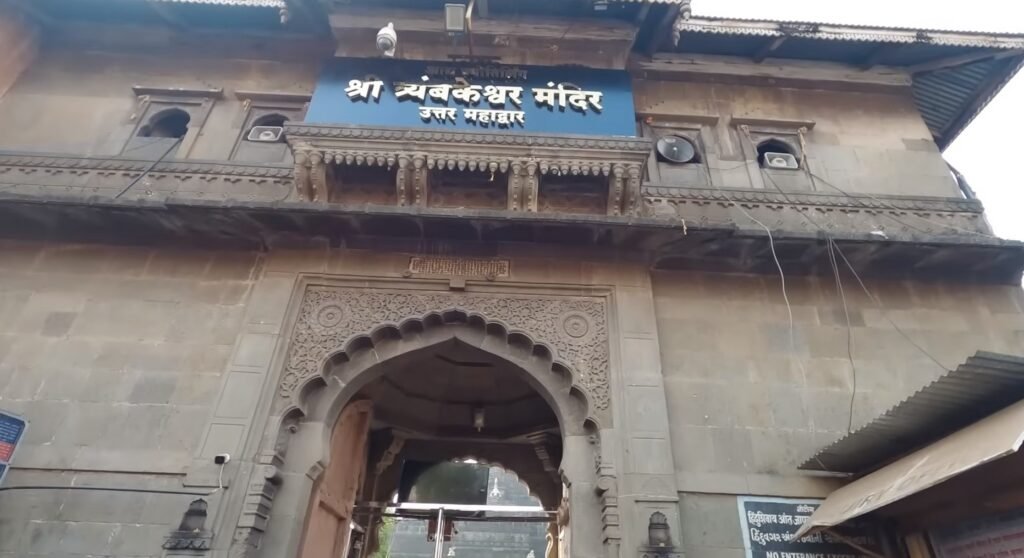
Accommodations
Budget Accommodations
Guesthouses and Dharamshalas :
- Shree Gajanan Maharaj Bhakta Niwas: Located close to the temple, Popular among pilgrims for its affordability and proximity to the temple.
- Brahmagiri Hill View: Simple rooms with basic facilities and a view of the Brahmagiri Hills.
Ashrams :
- Trimbakeshwar Ashram: Provides simple and clean rooms at nominal rates. Offers a spiritual atmosphere with daily prayers and rituals.
- Gautami Nivas: Known for its hospitality and proximity to the temple.
Mid-Range Hotels
- Hotel Krushna Inn: Located close to the temple, making it convenient for pilgrims.
- Hotel Radhika Inn: Situated near the temple with easy access to local attractions.
- Hotel Trimbak Palace: Walking distance to the Trimbakeshwar Temple.
Luxury Resorts
- Grape County Eco Resort: Situated about 25 km from Trimbakeshwar, offering luxury accommodation in a natural setting.
- The Gateway Hotel Ambad Nashi: Located around 30 km from Trimbakeshwar in Nashik, This is a 5-star hotel.
- Express Inn Nashik: A good choice for travelers seeking comfort and luxury within a short drive from Trimbakeshwar.
Homestays and Farmstays
- Soma Vineyard Resort: Located near Nashik, offering a unique experience with vineyard tours and wine tasting.
- Beyond by Sula: Situated in Nashik, offering luxurious accommodation with a focus on sustainability.
Local Cuisine
Misal Pav: A popular Maharashtrian dish consisting of sprouted moth beans curry (misal) topped with crispy sev, chopped onions, tomatoes, and coriander. It is served with pav (bread roll).
Vada Pav: Often referred to as the “Indian burger,” Vada Pav consists of a spicy potato fritter (vada) sandwiched between pav (bread) and served with chutneys.
Sabudana Khichdi: A wholesome dish made from sago pearls (sabudana), peanuts, potatoes, and flavored with cumin seeds, green chilies, and curry leaves. It’s a popular fasting food.
Puran Poli: A sweet flatbread made from wheat flour stuffed with a sweet mixture of cooked gram dal (chana dal), jaggery, and cardamom. It’s often served with ghee.
Modak: A sweet dumpling made from rice flour or wheat flour, stuffed with a mixture of grated coconut, jaggery, and flavored with cardamom. It’s a favorite during festivals.
Bhakri with Pitla: Bhakri is a thick, unleavened flatbread made from jowar (sorghum) or bajra (pearl millet) flour. Pitla is a spicy chickpea flour curry often served with Bhakri.
Poha: Flattened rice (poha) cooked with onions, potatoes, peanuts, and flavored with turmeric, mustard seeds, and curry leaves. It’s a popular breakfast dish.
Thalipeeth: A multi-grain pancake made from a mixture of flours such as jowar, bajra, rice, and besan (gram flour), combined with onions, green chilies, and spices.
Kanda Bhaji: Deep-fried onion fritters made from sliced onions coated in chickpea flour batter, seasoned with spices, and served hot with chutney.
Shrikhand: A creamy and sweet dessert made from strained yogurt (hung curd), sugar, and flavored with saffron, cardamom, and nuts. It’s served chilled.
Travel Tips and Safety Advice
Best Time to Visit: October to March is the best time to visit Trimbakeshwar when the weather is pleasant, especially for outdoor activities and temple visits.
Accommodation: Book your accommodation in advance, especially during festivals and peak pilgrimage seasons like Mahashivratri and Kumbh Mela.
Local Cuisine: Don’t miss out on trying local Maharashtrian dishes like Misal Pav, Puran Poli, and Sabudana Khichdi from local eateries and sweet shops.
Photography : Capture here the stunning scenery and spiritual atmosphere, impressive temple architecture and intricate carvings, scenic views of the surrounding landscape and the Godavari river, vibrant scenes and local life in the markets selling religious artefacts and handicrafts.
Local Customs: Respect local customs and traditions. Dress modestly while visiting temples and religious sites. Remove footwear before entering temples as a mark of respect and to preserve the divinity of the temple.
Festival Timing: Check festival timings and schedules, especially if you wish to witness local festivals or rituals at Trimbakeshwar Jyotirlinga.
Health Precautions: Carry necessary medications and stay hydrated, especially if trekking or exploring outdoor areas.
Traffic and Roads: Be cautious of traffic, especially during peak tourist seasons. Roads near temples can be crowded; watch for pedestrians.
Weather Conditions: Check weather forecasts before traveling, as hill stations like Trimbakeshwar may experience sudden changes in weather.
Travel Insurance: Consider purchasing travel insurance to cover unforeseen circumstances like medical emergencies or trip cancellations.
Safety of Belongings: Keep valuables secure and avoid carrying large amounts of cash. Use any suitable safe to store important documents and belongings.
Conclusion
Trimbakeshwar Jyotirlinga stands as a revered pilgrimage site, steeped in spiritual significance and mythological lore. From its sacred waters at Kushavart Kund to the serene Brahmagiri Hills, every corner resonates with devotion and tranquility. Visitors are drawn not only to seek blessings at the ancient temple but also to immerse themselves in the natural beauty and cultural richness of Maharashtra. Trimbakeshwar remains a timeless destination where faith meets the allure of nature, offering a profound journey of spirituality and exploration.

Frequently Asked Questions (FAQs)
What is Trimbakeshwar Jyotirlinga?
Trimbakeshwar Jyotirlinga is one of the twelve Jyotirlingas, revered shrines dedicated to Lord Shiva, located in Maharashtra, India.
Where is Trimbakeshwar Jyotirlinga located?
It is situated near the city of Nashik, in the town of Trimbak, about 28 km from Nashik.
What is the significance of Trimbakeshwar Jyotirlinga?
It is believed to be the origin of the sacred Godavari River and is associated with several mythological legends, including the story of Lord Shiva’s manifestation as Trimbakeshwar.
What are the timings of Trimbakeshwar Temple?
The temple opens early in the morning and closes in the evening after worshiping the Lord. Specific timings may vary, so it’s advisable to check locally or on official websites.
Is there any dress code to visit Trimbakeshwar Temple?
Visitors are required to dress modestly while visiting temples in India. Avoid wearing shorts, sleeveless tops, and tight-fitting clothes.
What are the festivals celebrated at Trimbakeshwar Temple?
Mahashivratri is the major festival celebrated with great fervor. Other festivals include Kumbh Mela and important Hindu occasions.
Is photography allowed inside Trimbakeshwar Temple?
Photography is generally restricted inside the temple premises. It’s best to inquire locally about specific rules and permissions.
What are the nearby attractions to visit along with Trimbakeshwar?
Nearby attractions include Brahmagiri Hills, Kushavart Kund, Gangadwar, Brahmagiri Temple, and various other temples and scenic spots.
How can one reach Trimbakeshwar from Nashik?
Trimbakeshwar is about 28 km from Nashik. Regular buses, taxis, and private vehicles are available for the journey.
Are there accommodations available near Trimbakeshwar?
Yes, there are various options ranging from budget guesthouses to luxurious resorts in Trimbak and nearby Nashik.
What is the significance of Kushavart Kund near Trimbakeshwar?
Kushavart Kund is considered the source of the Godavari River. It is a sacred bathing tank where devotees perform rituals and take holy dips.
Is Trimbakeshwar accessible for elderly and differently-abled visitors?
The temple has arrangements for wheelchair access, and most areas are accessible with assistance. It’s advisable to check specific facilities locally.
Are there any local legends associated with Trimbakeshwar Jyotirlinga?
Yes, one legend states that Lord Shiva resided here with Goddess Parvati and Lord Ganesha before settling in Kailash.
What are the local delicacies and food specialties to try in Trimbakeshwar?
Local cuisine includes Misal Pav, Sabudana Khichdi, Puran Poli, and Vada Pav, which are popular among visitors.
Is Trimbakeshwar Jyotirlinga open throughout the year?
Yes, the temple remains open for darshan throughout the year, with special arrangements during festivals and auspicious occasions.

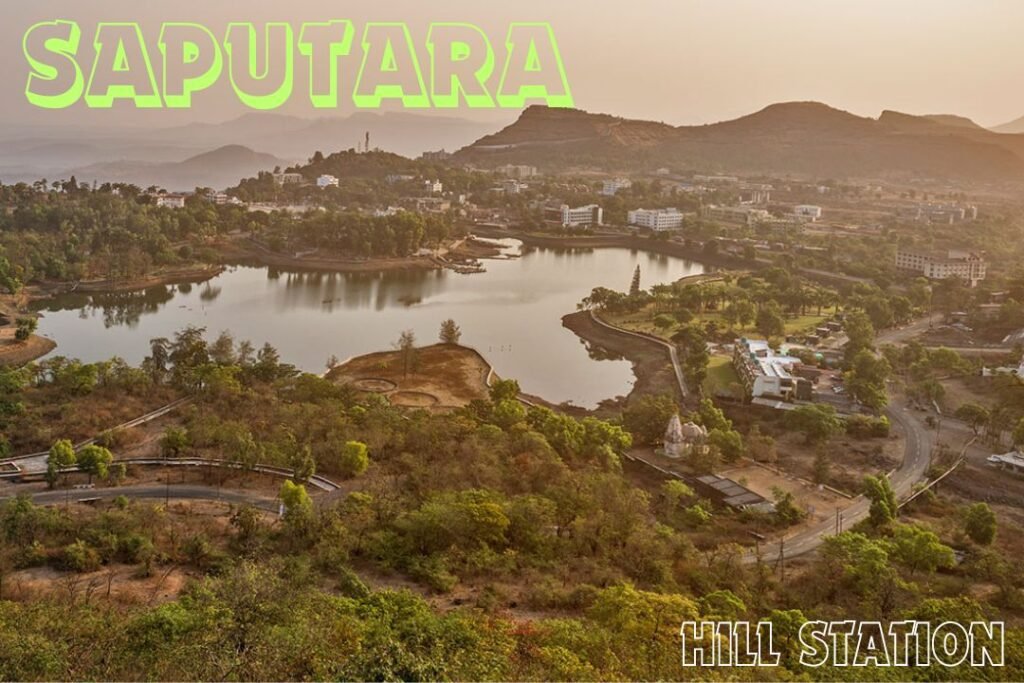
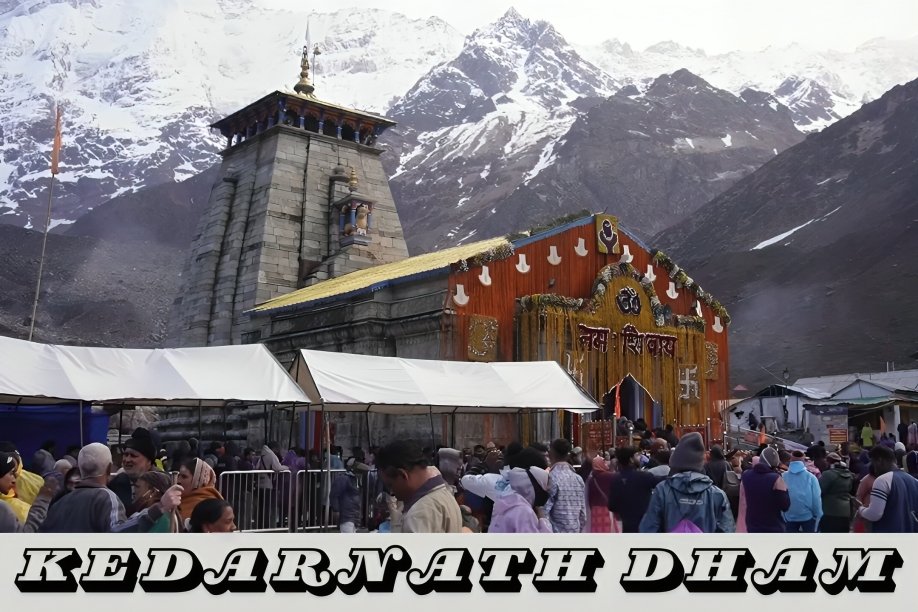
Pingback: Grishneshwar Jyotirlinga: Top 6 Spiritual Experiences - GujjuTraveling